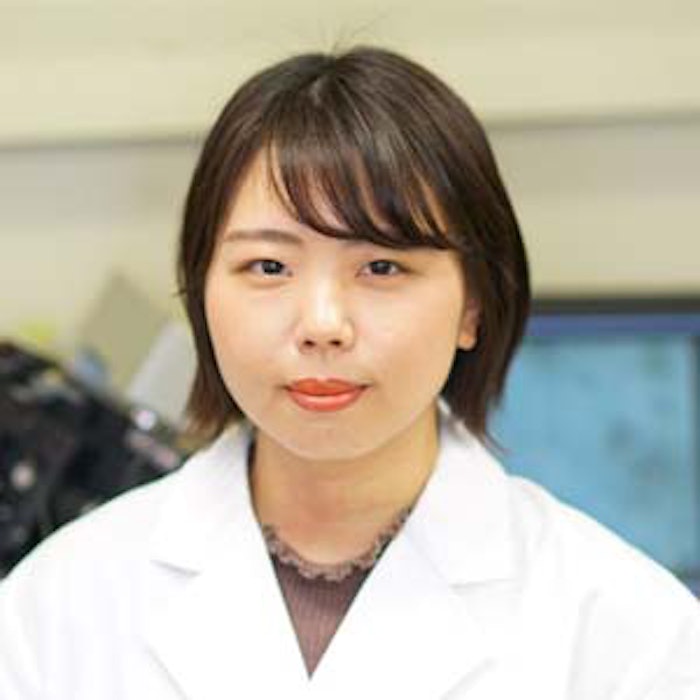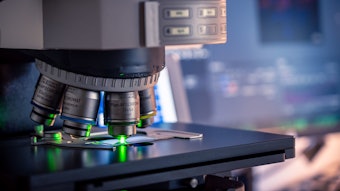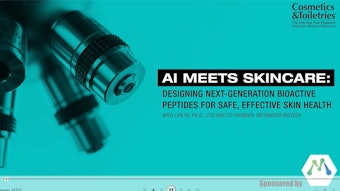
Cosmetic Valley organized the 5th edition of "The Cosmetic Victories." This worldwide competition aims to reward and promote innovative projects related to the perfume and cosmetics industries.
Six finalists were chosen in February 2020; winners are expected to be announced this autumn (details forthcoming). In this interview, we profile Mami Ozaki, of the Chiba Institute of Science, with her research on “The Dynamics of Colloidal Dispersion Under Quasi-microgravity,” which is involved in the European Space Agency project.
What is your innovation? How is it used?
 Our innovation is the study of cosmetic formulation science under “microgravity” conditions created by 3D-clinostat, which leads to new findings on the stability of emulsions and foam.
Our innovation is the study of cosmetic formulation science under “microgravity” conditions created by 3D-clinostat, which leads to new findings on the stability of emulsions and foam.There could be three benefits from our study: 1) understanding how to formulate cosmetics in space; 2) designing a recycling system; i.e., the extraction of raw materials from a formulation via demulsification; and 3) furthering the development of formulation science.
The former two envision the advantages QOL in space travel and space life, where the production of living materials and the sustainable supply of raw materials should be required.
What is novel about it? How might it shape cosmetics and personal care product development?
To our knowledge, this application of the 3D-clinostat to formulation science is the first in the field. Although the 3D-clinostat has been already utilized in the research fields of biology and botany, soft materials like emulsions have been never previously been evaluated.
This study and approach can be applied for the future development of several cosmetic formulations; i.e., for novel formulations, the stability control of products, and new emulsification methods.
See related: Speeding Up R&D, Spotting Clues to Anticipate Stability Problems
Where did your idea come from?
It is well-known that emulsions are in a non-equilibrium state and inevitably separate into water and oil phases by gravity. Therefore, we expected that a gravity-free condition could give us a clue to understand the real phenomenon behind emulsion stability (disruption process).
It was also fortunate for our present idea to reach European members who had already launched microgravity projects in the International Space Station. More or less, the partnership with them resulted in our motivation and progress.
What development challenges did you face in creating it? What skills or technologies supported your success?
We faced difficulty in constructing the evaluation system, and are still tackling issues to optimize the system because there is no precedent experiment. Our 3D-clinostat did not have enough space where evaluation devices were to be loaded, and therefore we had to originally design the devices.
The optical microscope (miniaturization) and wireless communication technologies definitely contributed to our research. In addition, it took a long time to determine the components and compositions of emulsions, as well as the vessel used. Conventional emulsified methods and coating technologies helped us to overcome these matters.
What outcome do you anticipate from the competition? From your work?
Above all, I am honored to be chosen as a finalist, and it is my great pleasure that our work has been recognized by this international cosmetics organization. This competition will spread our initiatives all over the world, which may result in increasing joint research and financial support. Personally, I also anticipate this competition will be valuable to my future career.
For more information, visit the Cosmetic Valley or Cosmetic Victories website.









